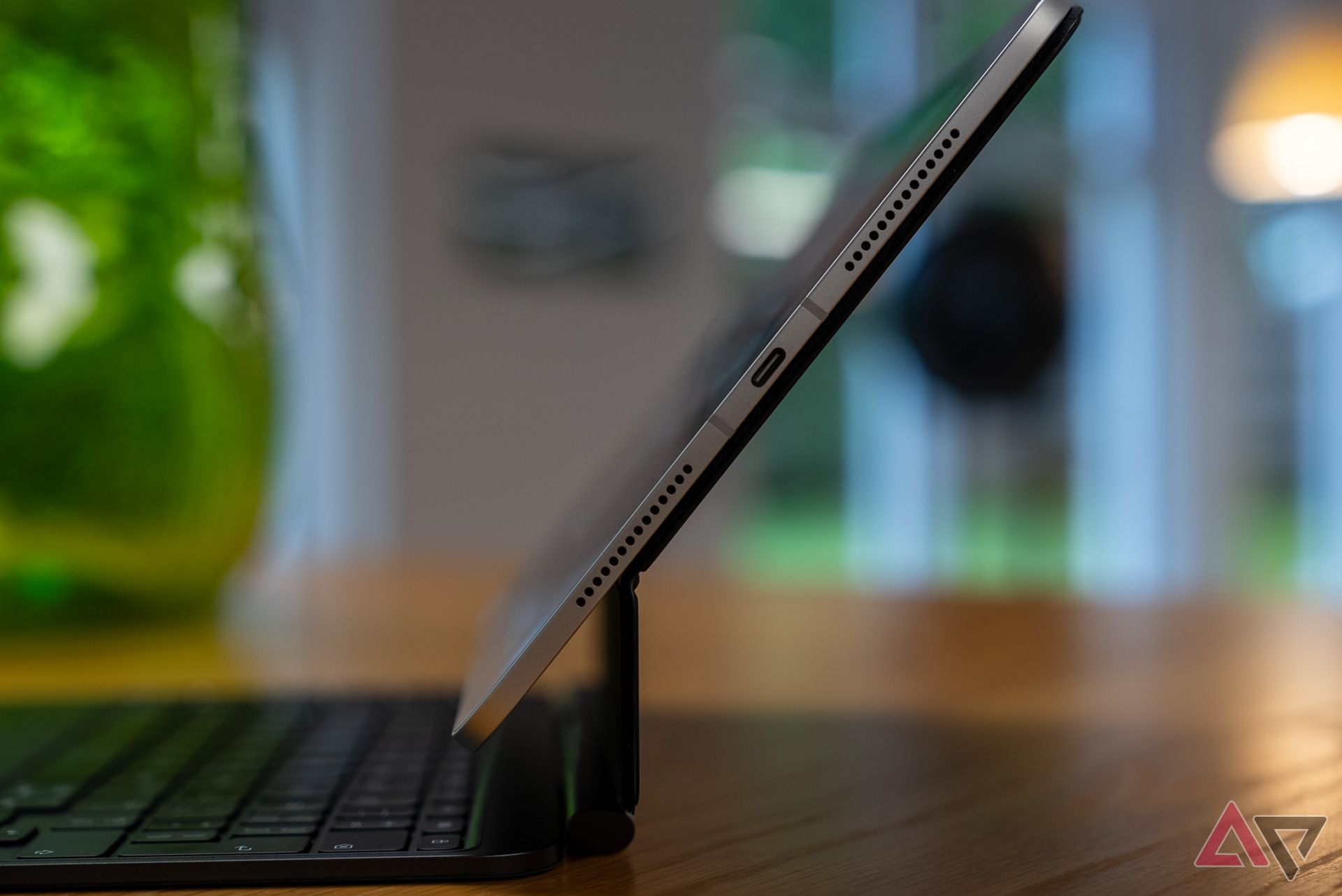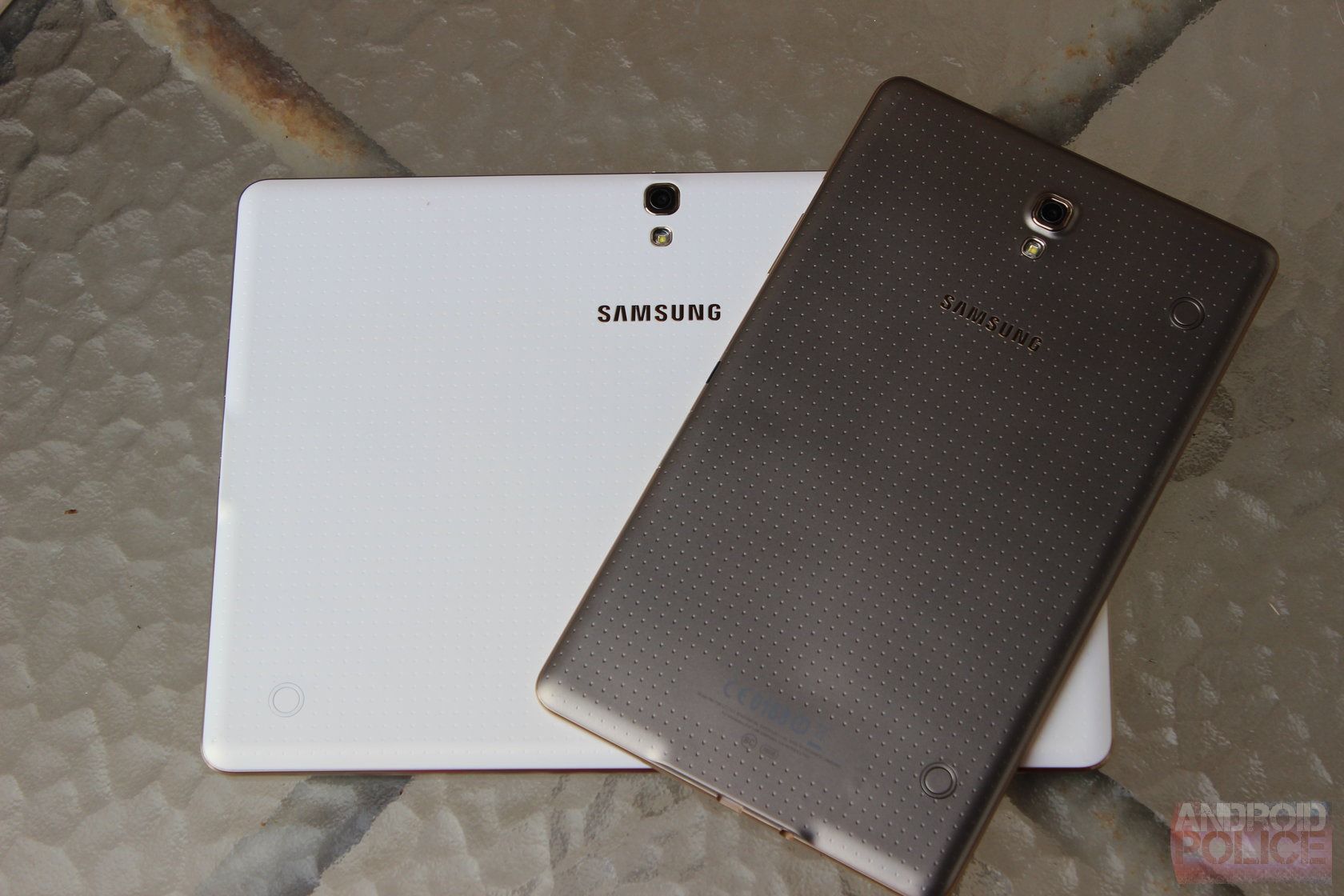In 2014, Samsung felt the need to reinvent its flagship tablet lineup to tackle the big gun on the other side of the fence — the Apple iPad. Ever since the first Galaxy Tab S series tablet came out, Samsung tablets have gotten incrementally better, eventually becoming the productivity powerhouse they are today, with a fresh tablet in the line confirmed to be coming soon.
However, quite interestingly, over the previous generations, the hardware of these tablets hasn’t seen a major overhaul, except for year-on-year internal upgrades. What really makes today’s Samsung tablets far superior to their past selves is their software. That’s the right kind of change people could actually make use of instead of getting razor-thin redesigns year after year.
The first Galaxy Tab S
A time capsule
The Galaxy Tab S from 2014 wasn’t Samsung’s very first tablet. The company had been making tablets for over four years by then, but the Tab S series was a turning point that shaped how our favorite Android tablets would turn out. This tweaked naming scheme also gave Samsung a much-needed chance to clean up its portfolio, which has thankfully stuck till today.
Our review of the Galaxy Tab S 10.5 and 8.4 from a decade ago is itself a time capsule, showing how excitingly new everything felt with these tablets at their rather affordable prices — they were only $499 and $399, respectively. Oh, and not to forget the good old joys of not worrying about storage with a microSD expansion slot. We’ve indeed come a long way since then!
While microSD cards and physical navigation keys have become a thing of the past, you won’t find much else that has changed when you glance at the spec sheets of 2014 and current models. 10 years ago, you got a high-res 2K OLED display, a flagship processor, ample RAM, an acceptable rear camera, and other such basics, and that’s true for current iterations as well.
Unlike smartphones that look and feel monumentally different from their decade-old siblings, tablets haven’t undergone a transformation of similar magnitude. But that doesn’t mean they haven’t changed at all.
Light up that display, and you’ll see
The magic of software
Until Samsung rejigged its tablet lineup in 2014, it had a separate Note series of tablets that exclusively offered stylus support. It must have made sense to Samsung for branding consistency, but it only made things confusing. The Galaxy Tab S series took a couple of generations to get stylus support, and now we can say it was well worth the wait.
One key way the S Pen gives Galaxy tablets an edge over iPads is that Samsung bundles its stylus in the box, so you don’t have to spend $100 on an accessory that’s crucial for a modern tablet experience. But just because Samsung includes one without asking for more money doesn’t mean the S Pen is some cheap stylus with watered-down capabilities.
The S Pen attaches and charges magnetically on the tablet’s back to stay readily available at all times. Plus, it can even double as a remote control to click photos, adjust device volume, and more. Meanwhile, you continue to get the hover menu, which has only gotten better with time, along with all the note-taking and doodling features you like. The S Pen is plenty capable and can easily stand up to the Apple Pencil.
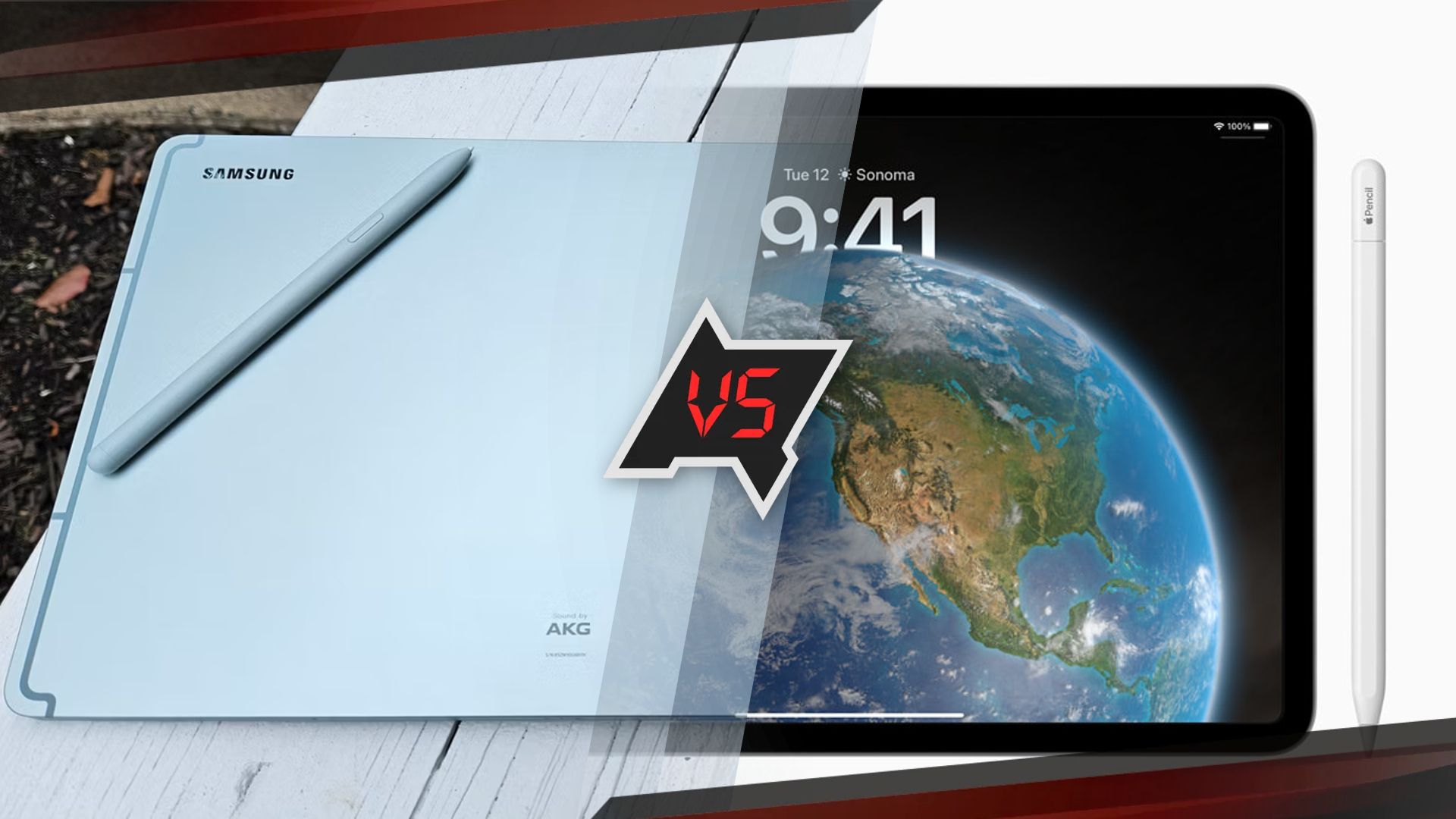
Related
Samsung Galaxy S Pen vs Apple Pencil 2: The best styli from either camp
Write, draw, and annotate until your heart’s content
Software is king, for realsies
Android apps finally look good
During the time of TouchWiz (Samsung’s now discontinued user interface), Samsung had an awful reputation in terms of software in every single way. But these days, One UI is not only the most feature-loaded Android OS, but also its update releases are so on point that it has become a benchmark for comparing other Android OEMs.
When you think of Android tablets, you default to Galaxy Tab models, but Google still has a major part to play in the software experience. Thankfully, Google started giving Android tablets the attention they deserved, and the results speak for themselves. Apps on tablets don’t look like blown-up versions of their phone counterparts anymore; they’re now custom-designed to make use of the extra display area, with multiple panes for a desktop-like experience, and more.
DeX: one tool to rule them all
It has become second nature for Samsung phone and tablet users to connect their device to a monitor and turn it into a computer — a real one with app windows for multitasking and support for keyboard and mouse.
On Samsung tablets, you can switch to the DeX mode on the tablet itself without needing an external monitor, giving you access to a Windows-like machine wherever you are. You don’t need to learn any new gestures and can seamlessly move to a Samsung tablet from your work PC without missing a beat.
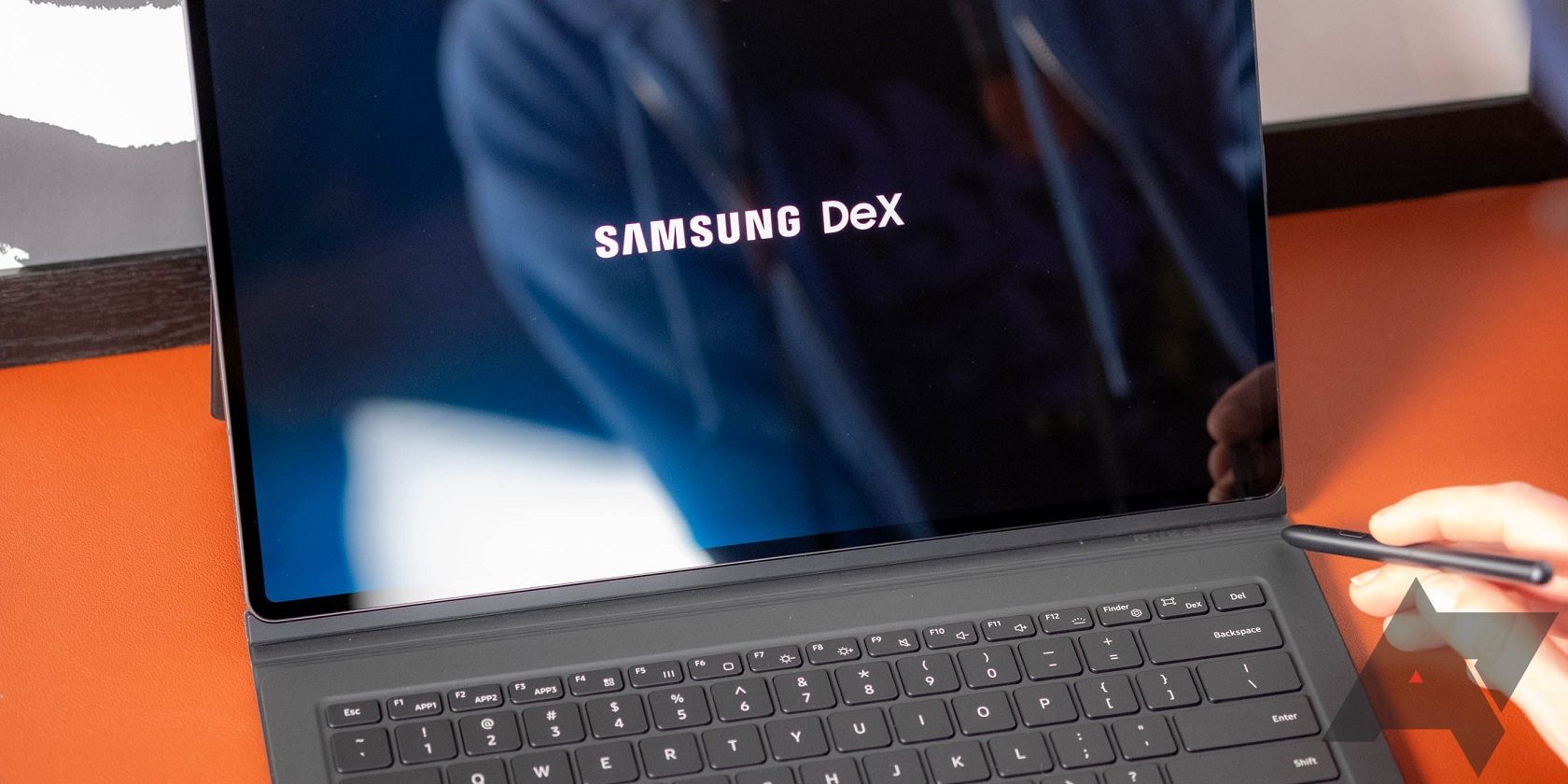
Related
How to set up and use Samsung DeX on your Galaxy phone or tablet
Turning your phone into an actual computer is easy
DeX alone makes today’s Samsung flagship tablets a better portable productivity device than the iPad. You don’t have to put up with a hamstrung mobile interface when you’re trying to get some serious work done. With these software advancements, Samsung has propelled the entire Android tablet segment in the right direction from the state it was a decade ago.
Samsung’s implementation of software has changed the narrative — iPads aren’t the default tablet anymore. If anything, iPads are starting to feel a tad behind the curve, software-wise. iPadOS isn’t able to make the best of the overpowered internals for most consumers who primarily use their tablets for entertainment.
Samsung tablets, by comparison, make a strong case for themselves, and there hasn’t truly been a better time to invest in one.
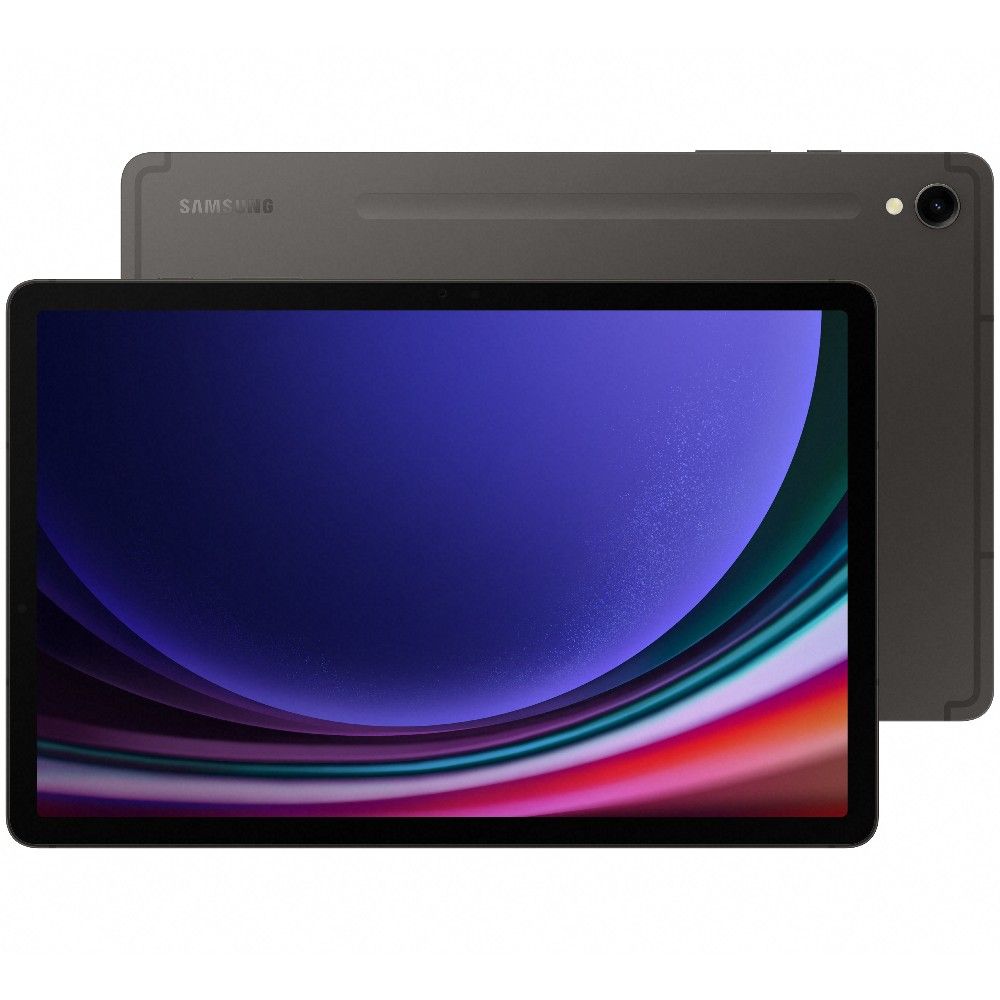
Samsung Galaxy Tab S9
$700 $800 Save $100
The Samsung Galaxy Tab S9 is more than powerful enough for gaming, and features a first-class display. It’s one of Samsung’s best performers all around, underpinned by the Snapdragon chipset. It’s a true winner in the tablet space and makes for stiff competition when sized up against any other.
Source link

